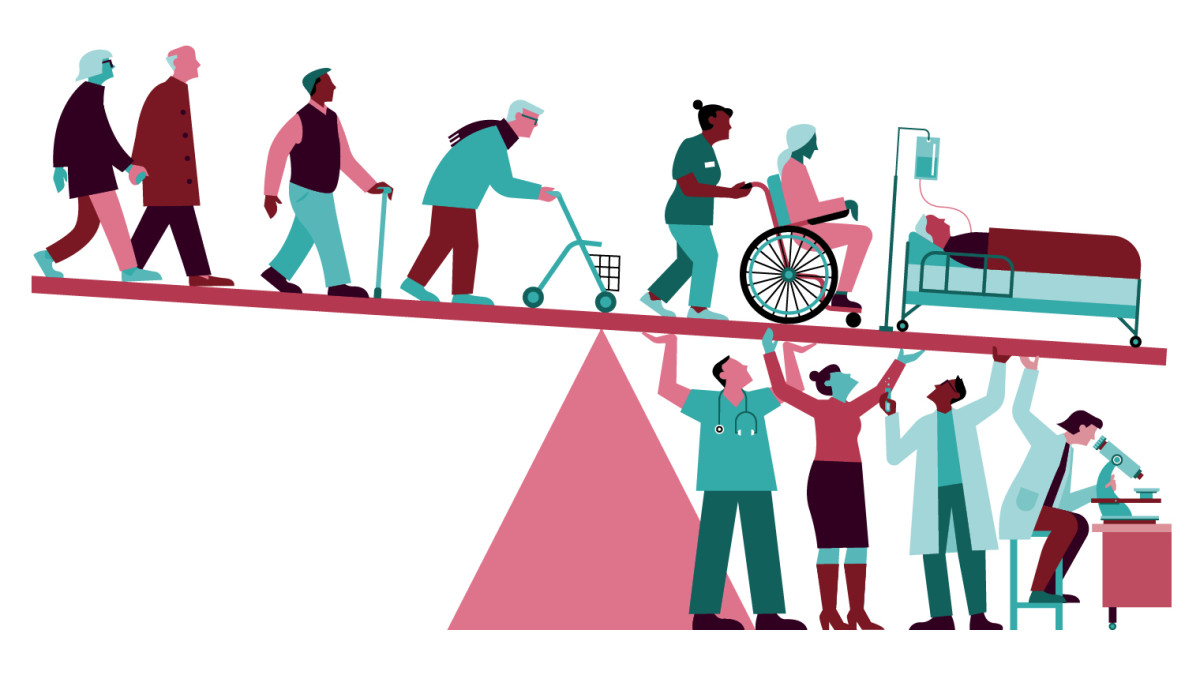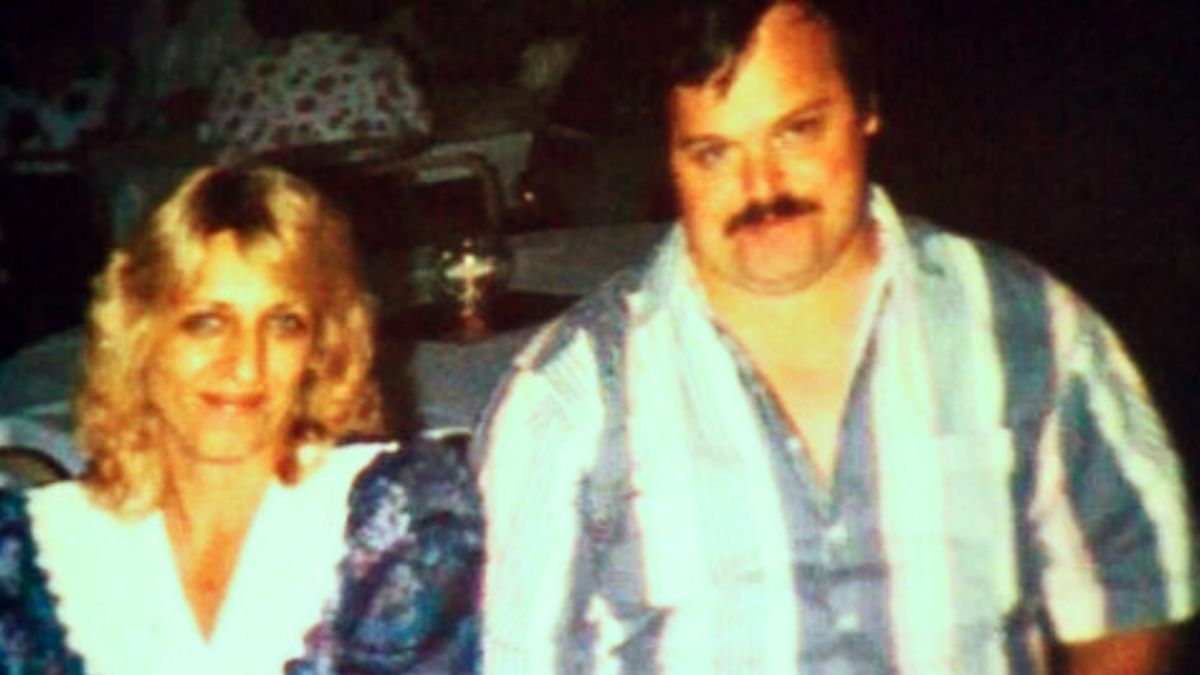An Aging Population: Care Accommodation, Costs and the Baby Boomers
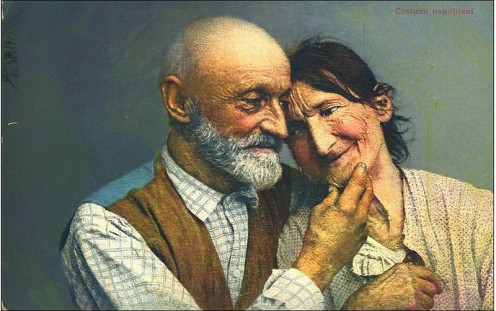
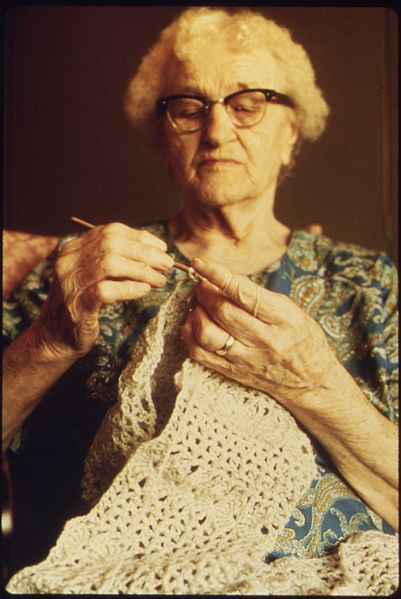
The Age of Caring
Simon Raymond carefully unfolds his mothers walking frame and passes it to the taxi driver so he can help her out of the back seat of the cab. The taxi ride to the shops is a daily ritual and while some days he would prefer not to go, his mother wont let him rest until the trip is made. Margaret had to give up her licence two years ago and as Simon has never driven, taxis are the couple’s main form of transport.
At 61, Simon is a single man with a heavy responsibility and according to the Bureau of Statistics, one of an estimated 500,00 primary carers in the community—a group that is growing steadily as the baby boomers age and life expectancy increases. For the past five years he has been the sole carer of his 86-year-old mother Margaret, who is in the middle stages of Alzheimers disease. Mother and son live in a weatherboard pre-war bungalow with a wild, neglected garden, on a tree-lined street in country Victoria. Inside the house, several bookshelves line the walls, mostly Simon’s and according to him, a rich intellectual life is what sustains him.
Margaret is a well-dressed woman with a sensitive, smiling face and a pleasant manner. She has a fear of doctors and nursing homes, manifest when the talk veers toward her situation at home. Margaret's conversation is confused and repetitive, she often asks the same question over and over with demanding persistence, but Simon always responds with a gentle tone and extraordinary patience. Margaret relies on her son to steer her through the day; he is her memory and her reference point and she frequently looks to him to interpret an increasingly alien world for her. The only respite Simon gets is when his mother visits a community centre for a few hours every Tuesday. He insists he copes well, but admits the responsibility has taken a toll on his health.
For many years Simon has suffered from mental illness, controlled by heavy medication which has side effects, among them restlessness, dry mouth and a severely bloated stomach. Simon has to take a staggering 21 pills a day, some for diabetes and other medical conditions. Margaret too is on a daily diet of pills and in the corner of the lounge room a large cane basket is filled to the brim with prescription medication. Neither eat well and survive on a diet of “tinned food and toast”. For a while they tried meals on wheels but didn’t like the food. As a diabetic Simon should exercise regularly [he doesn’t] and has to watch his diet but finds himself “slipping into complacency” over what he should and shouldn’t eat. Visitors are rare and apart from Margaret’s weekly outing and regular visits to the doctor, the two are largely left to their own devices. Theirs is a remarkable story of mutual care and dependence.
A former secondary school teacher, Simon suffered his first schizophrenic episode at the age of 33, an attack triggered by his father’s sudden death and he has been unable to work since. For many years he relied on Margaret for emotional and practical support and for the past twenty-seven years they have shared a house together. Margaret has a war veteran’s pension and Simon’s disability pension is supplemented by a $92 a fortnight carers allowance. “I don’t think we could survive financially independently.” said Simon “Our combined pensions make it possible to pay the bills and stay afloat…just. The carers allowance has been very helpful. Owning our own home makes a tremendous difference too.” Simon worries how they would cope if a crisis hit and he became suddenly ill or unavailable. Who would step in to handle the situation?

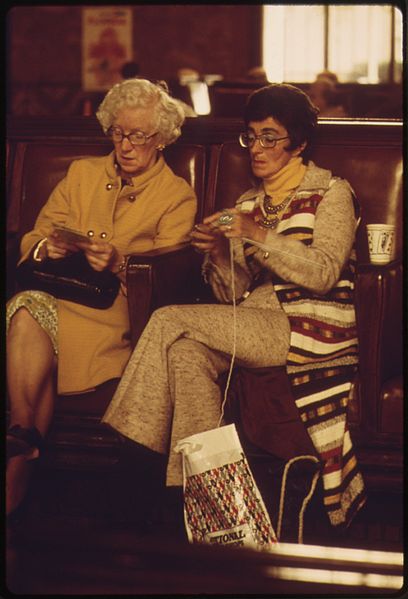
The Cost of Caring
If Margaret were to live in a residential aged care facility it would cost the government $121 a day in subsidies, as her dementia and mobility difficulties would classify her as ‘high care’. There are around 200,000 Australians receiving aged care directly subsidised by the Federal Government. 170,000 of them are in residential care. A 2006 report by Access Economics into The Economic Value of Informal Care compared the economic value between informal [at home] care and the formal health and community sector and concluded that informal care provided significant cost savings to governments. The report stated: If it [informal care] were to be replaced, it would require at least 62.2% of current health and community sector resources.
However, informal care can accrue less direct costs to government The same report noted that an estimated $390 million is lost in taxation revenue due to lost productivity. Few primary carers can balance full time work with the responsibilities of their caring role. But perhaps the greatest cost, socially and economically, is in health. A high percentage of primary carers, 72% according to the Access report, experience a physical or emotional effect from the responsibilities of caring and many suffer muscular/skeletal injuries from lifting or carrying dependent family members and/or equipment.
The personal costs of caring for an individual are high and can be further seen in reduced income, depression and isolation. According to Gill Pierce, a policy worker at Carers Australia, “ongoing care by family members should not be assumed. There is a pressing need for sufficient quality supported accomodation as an alternative to permanent family care”. Apart from the fact that, for some, the burden of primary care may be too great, trends toward smaller, scattered families, high divorce rates and single living mean there may be large numbers of people who will have no-one close enough to care in the latter years of their lives. Governments will need to find flexible solutions and combinations of care, which include assisted at-home, community respite and residential care. Organizations like Carers Australia have lobbied government to increase carer’s payments, provide quality adult day, flexible respite and counselling, to help alleviate some of the stresses involved in care. Carers Australia notes "Too often carer’s cope on a day-to-day basis until a crisis hits and then emergency help has to be found in difficult and stressful circumstances. If assistance was readily available on an ongoing basis this crisis response could be averted and caring responsibilities would be more sustainable."
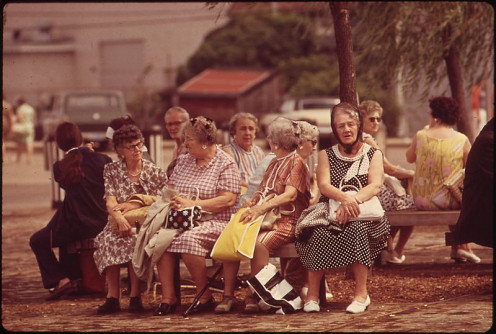
Aged Care Facilities
A half-hour drive from Simon and Margaret’s house, lies Hazelwood House Hostel, a modern residential aged care facility. On first impressions, the facility has the ambiance of a spacious guesthouse, with its lush carpet, elegant furniture and large windows overlooking courtyards and a colourful garden. Today an upbeat duo is playing Country and Western songs for the residents in the lounge, who sit in comfortable chairs around a gas log fire. It all seems a stark contrast to the facilities of the 1980's when I visited my Aunt in a Melbourne nursing home. There the bleakly practical furniture matched the cold linoleum floor and residents sat lined up against the walls watching television with vacant expressions. Today there is much more focus on resident's rights and needs, but even so, the transition from home to residential is often traumatic. Entry into an aged care facility can be sudden and confusing. New residents find themselves living with twenty or thirty strangers, some of whom they may not like at all. The bedrooms are generally small, too small to bring many familiar things from home and while staff are supposed to respect privacy, often the demand for efficiency means they will knock and enter a room without waiting too long for a reply.
Maisie Adams is 92 and mentally alert, but her physical health is not good. She has increasing difficulty with walking and may soon have to get about in a wheelchair. A month ago she was living with her daughter and came into the home for two weeks respite. During that time her condition deteriorated and she is now a permanent resident. "It's terrible," says Maisie. "I'm stupid. I can’t do anything anymore and I don’t want to a burden on anyone." Maisie's attitude is not untypical of many of the residents, who are often self-deprecating and always conscious of their declining state. Maisie does see some positives to her situation. "I'm comfortable here. I feel secure and my daughter comes to see me every day."
Care worker Jenny Mack says family relationships often improve when elderly relatives move into residential care. "When elderly parents are still at home, family members tend to spend all their time doing the things that have to be done and have little time to interact. Once they move into an aged care facility, the pressure is off and families will spend more time talking and socialising with their loved one, taking them out for drives or just sitting down reminiscing."
Despite the improvements, residential aged care is problematic. Quality varies between facilities and there are not enough spaces--some facilities have waiting lists that are closed for months or even years. Many elderly people languish in hospital beds because they cannot be placed in a residential facility. In a 2005 submission to the Senate Community Affairs references Committee, the Aged Care Crisis Team called for a myriad of improvements in aged care, among them greater accountability and investigation into sub-standard care, increases in staff/resident ratios and better training for aged care workers. The submission emphasized, "there are just not enough nursing home places, fullstop."
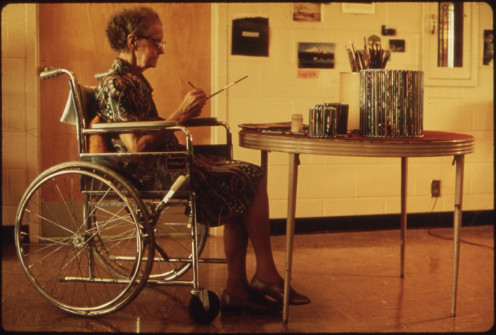
The Ageing Baby Boomers
As the baby boomers age and seek solutions to the problems of aged care, they are likely to become a force to be reckoned with. Many are now confronting the reality of caring for their elderly parents and it wont be long before they too will be requiring care. The sheer numbers of the post-war generation mean they have political clout. Much depends on what they choose to do with it.
Dr Michael Fine is Deputy Director of the Centre for Research on Social Inclusion in the Department of Sociology at Macquarie University and has written a book, The Caring Society. Dr. Fine posits that care is becoming an increasingly sensitive public and political issue. "What's long been thought of as a private issue is now looking toward public solutions," he says. "The changing face of care affects every individual and family in the country. Care brings together private stories, posing questions that link the ethical dilemmas of modern life with those of economic management and social justice. Over the last decade, governments in Australia have increasingly sought to treat care as a matter of personal choice and family responsibility. But the decision to take on responsibility for providing care to another person cannot be understood as just one more consumer choice. The levels of need now experienced by those who require ongoing support increasingly exceed what families are able to provide."
Dr. Fine believes 'partnerships of care' between government, families and profit and non-profit organizations may be the best solution. No one segment of society should be expected to carry the bulk of the burden--aged care must be a shared responsibility.
"Over-reliance on family care wrongly assumes that the levels of sacrifice and dependency experienced by unpaid carers in the past can be extended indefinitely. Responsibility for care can no longer be hidden away at home, left to family carers to manage on their own. Nor can we morally require or economically afford to expect those with responsibility for care to continue to sacrifice their own lives indefinitely simply to ensure it is available."
Many primary carers cite 'losing their own lives' as the hardest aspect of care. "It's very difficult to do my own thing,” says Simon Raymond. "I used to travel to Melbourne frequently, to visit the Gallery, bookshops and just meander through the streets. Now that's impossible. I can’t really do anything without Margaret".
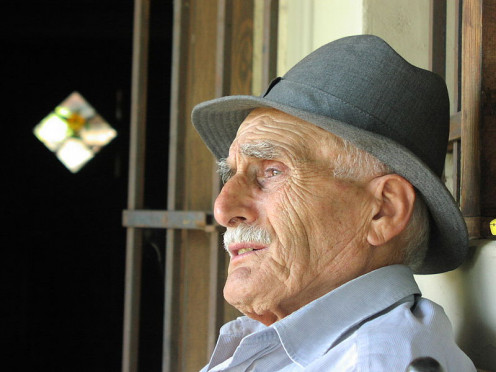
21st Century Aged Care
In Australia,both sides of government have promised multi-million dollars reforms in aged care, but according to care groups such as the Aged Care Alliance, while greater funding for community care is welcomed, "funding for residential aged care and the current indexation formula don’t form an adequate basis on which to provide good quality care and doesn't reflect the real cost of care provision." The National Director of Uniting Care, a faith based, non-profit care provider, Lin Hatfield Dodds, said of the reforms. "We still have deep concerns regarding the future ability of the sector to meet capital expenditure needs. This has serious implications for the viability of the industry as it works to provide quality care for older Australians".
The private sector has taken an increasingly prominent role in aged care, it now dominates the nursing home sector and industry players like the US giant Home Instead franchise, have been trying to get a foothold in the Australian market, to provide at home services for a fee. Yet a 2003 ANU Australian Survey of Social Attitudes revealed that most Australians believe governments are the best equipped to provide an equitable level of care for the elderly. We seem to be Universalists when it comes to basic human services. Many fear that companies delivering human services for shareholder profit will be under pressure to sacrifice quality for high returns. In 2000 Doug Moran, founder of the Moran Health Care Empire made headlines when he referred to his chain of nursing homes as "cash cows'. There is a suspicion that Moran's callous assertion may be the general underlying philosophy of the private aged care industry.
A twenty-first century age of caring will not be cheap. Governments and the taxpayers will have to spend if they wish to ensure a high standard of care for Australia's aging population. There is certainly a major role for private care, but governments should not rely too heavily on the private sector, just as it shouldn't rely on families to carry the burden of care on their own. An implicit faith in market solutions to problems of human need may be overly optimistic. Private high quality care may be a good choice for those who can afford it but 'on the cheap' care for the less affluent can lead to issues of quality and exploitation.
In recent years there's been much discussion about the baby boomers and how an older non-working population will put a greater strain on Australia's hospitals, aged-care services and pensions and thus put a heavy burden on the rest of the population. Yet according to the Federal shadow minister for Aging, Disabilities and Carers, Jan McLucas "This view is as common as it is mistaken. It is especially contradictory to suggest that, because the tax system will not be able to meet these costs, more costs should be borne by individuals – all costs have to be met from the same GDP. Australia’s experience is in common with other OECD countries that have universal health care systems that enable them to exercise strong controls on health care costs. Given that these controls have been effective in the past, there is no reason to expect they cannot continue to be effective at the same time as delivering high quality health care to the whole population."
The old cliché, 'you can measure the value of a civilization by the way it treats its most vulnerable members' is an apt reminder here. My grandmother used to admonish me, when as a child I rudely remarked on her grey hair and sagging skin, by saying "you'll be old one day". Now, as a rapidly aging adult, her words come back to me with a resounding truth. If I'm lucky enough to survive into old age, but not lucky enough to have a Simon to look after me, I'd like to think Australia was 'civilised' enough to offer the vulnerable elderly the resources and regard they need.

